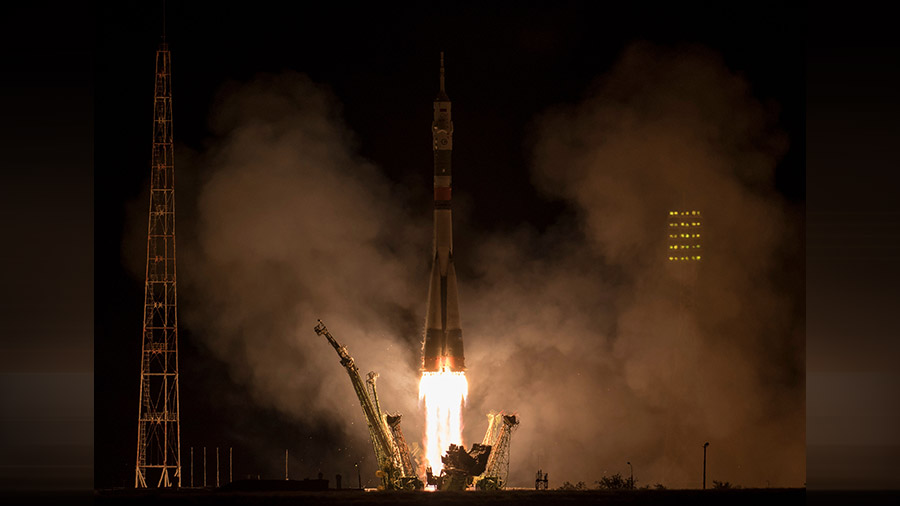
Barely a week and a half after the thrilling conclusion to the record breaking space endurance mission by NASA astronaut Peggy Whitson, a new Russian-American trio blasted off for the International Space Station (ISS) on a Russian Soyuz capsule and boarded safely early this morning Wednesday, Sept. 13, after arriving as planned on a fast track orbital trajectory.
NASA astronauts Mark Vande Hei, Joe Acaba and Alexander Misurkin of Roscosmos launched aboard the Soyuz MS-06 spacecraft from the Baikonur Cosmodrome in Kazakhstan overnight at 5:17 p.m. Tuesday, Sept. 12, 2017, (2127 GMT), or 3:17 a.m. Baikonur time Wednesday, Sept. 13, on the Expedition 53 mission.
Following the flawless launch and achieving orbit the three man crew executed a perfect four orbit, six hour rendezvous and arrived at the orbiting laboratory complex at 10:55 p.m. EDT Tuesday, Sept. 12, (or Wednesday, Sept. 13, Kazakh time) where they will carry out a jam packed schedule of scientific research in a wide array of fields.
The entire launch sequence aboard the Soyuz rocket performed flawlessly and delivered the Soyuz capsule to its targeted preliminary orbit eight minutes and 45 seconds after liftoff followed by the opening of the vehicles pair of life giving solar arrays and communications antennas.
The whole event from launch to docking was broadcast live on NASA TV.
Soyuz reached the ISS after a rapid series of orbit raising maneuvers over four orbits and six hours to successfully complete all the rendezvous and docking procedures to attach to the station at the Russian Poisk module.
“Contact! We have mechanical contact,” radioed Misurkin.
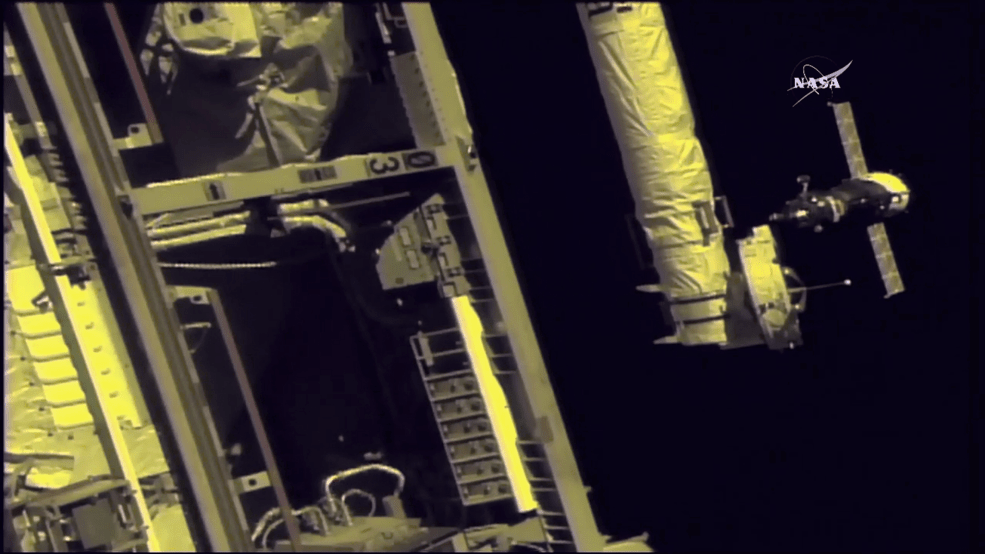
After conducting leak and safety checks the new trio opened the hatches between the Soyuz spacecraft and station at 1:08 a.m. EDT this morning, Sept. 13 and floated into the million pound orbiting outpost.
The arrival of Vande Hei, Acaba and Misurkin restores the station’s multinational habitation to a full complement of six astronaut and cosmonaut crewmembers.
They join Expedition 53 Commander Randy Bresnik of NASA and Flight Engineers Sergey Ryazanskiy of Roscosmos and Paolo Nespoli of ESA (European Space Agency).
The station had been temporarily reduced to a staff of three for 10 days following the departure of the Expedition 52 crew including record setting Whitson, NASA astronaut Jack Fischer and veteran cosmonaut Fyodor Yurchikhin of Roscosmos.
This is the rookie flight for Vande Hei, the second for Misurkin and the third for Acaba. They will remain aboard the station for a planned five month long ISS expedition continuing into early 2018.
Vande Hei was selected as an astronaut in 2009. Misurkin previously flew to the station on the Expedition 35/36 increments in 2013. Acaba was selected as an astronaut in 2004. He flew on space shuttle mission STS 119 and conducted two spacewalks – as well as on the Expedition 31/32 increments in 2012 and has logged a total of 138 days in space.
Originally the Soyuz MS-06 was only to fly with a two person crew – Vande Hei and Misurkin after the Russians decided to reduce their cosmonaut crew from three to two to save money.
Acaba was added to the crew only in March of this year when NASA and Roscosmos brokered an agreement to fill the empty seat with a NASA astronaut, under an arrangement worked out for 5 astronauts seats on Soyuz through a procurement by Boeing, as compensation for an unrelated matter.
The Russian cosmonaut crew cutback enabled Whitson’s mission extension by three months and also proved to be a boon for NASA and science research. It enabled the US/partner USOS crew complement to be enlarged from three to four full time astronauts much earlier than expected.
This allowed NASA to about double the weekly time devoted to research aboard station – a feat not expected to happen until America’s commercial crew vehicles, namely Boeing Starliner and SpaceX Crew Dragon – finally begin inaugural launches next year from the Kennedy Space Center in mid-2018.
With Acaba and Vande Hei now on orbit joining Bresnik and Nespoli, the USOS crew stands at four and will continue.
The six crewmembers will carry out research supporting more than 250 experiments in astrophysics, biology, biotechnology, physical science and Earth science.
“During Expedition 53, researchers will study the cosmic ray particles, demonstrate the benefits of manufacturing fiber optic filaments in microgravity, investigate targeted therapies to improve muscle atrophy and explore the abilities of a new drug to accelerate bone repair,” says NASA.
Among the key investigations involves research on cosmic ray particles reaching Earth using ISS-CREAM, examining effects on the musculoskeletal system and exploring targeted therapies for slowing or reversal of muscle atrophy with Rodent Research 6 (RR-6), demonstrating the benefits of manufacturing fiber optic filaments in a microgravity environment with the Optical Fiber Production in Microgravity (Made in Space Fiber Optics) hardware, and working on drugs and materials for accelerating bone repair with the Synthetic Bone experiment to develop more effective treatments for patients with osteoporosis.
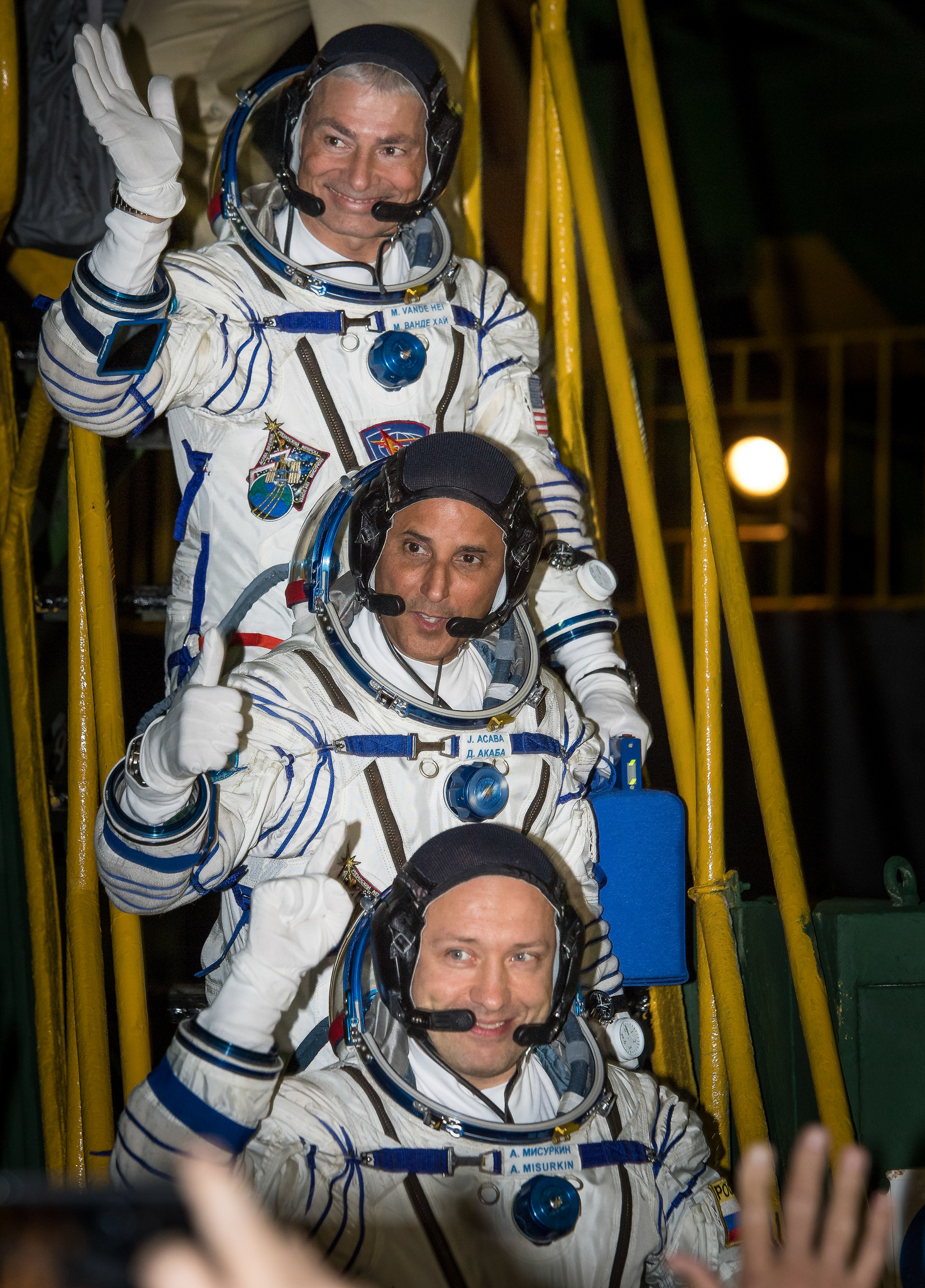
Bresnik, Ryazanskiy and Nespoli are scheduled to remain aboard the station until December. Whereas Vande Hei, Acaba and Misurkin are slated to return in February 2018.
Watch this cool Roscosmos video showing rollout of the Soyuz rocket to the Baikonur launch pad and erection in advance of launch. Credit: Roscosmos
Meanwhile one of the first tasks of the new trio will be to assist with the departure of the SpaceX Dragon CRS-12 spacecraft upcoming this Sunday, Sept 17.
Dragon will be detached from the Harmony module using the stations Canadian-built robotic arm on Sunday and released for a splashdown and retrieval in the Pacific Ocean Sunday morning. It is carrying some hardware items as well as scores of science samples.
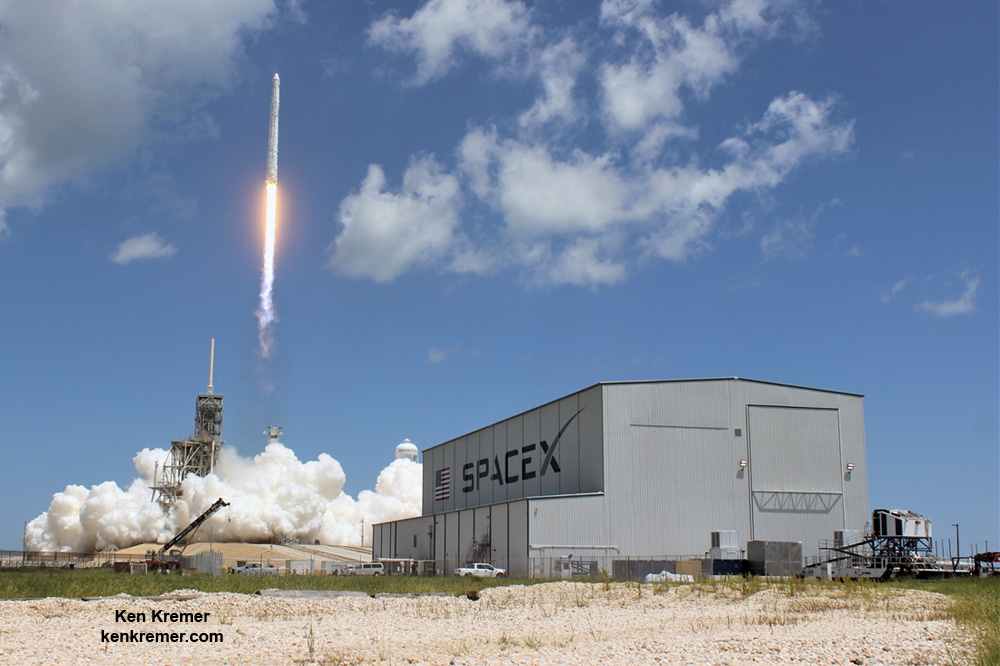
NASA TV will cover the release activities beginning Sunday at 4:30 a.m. EDT.
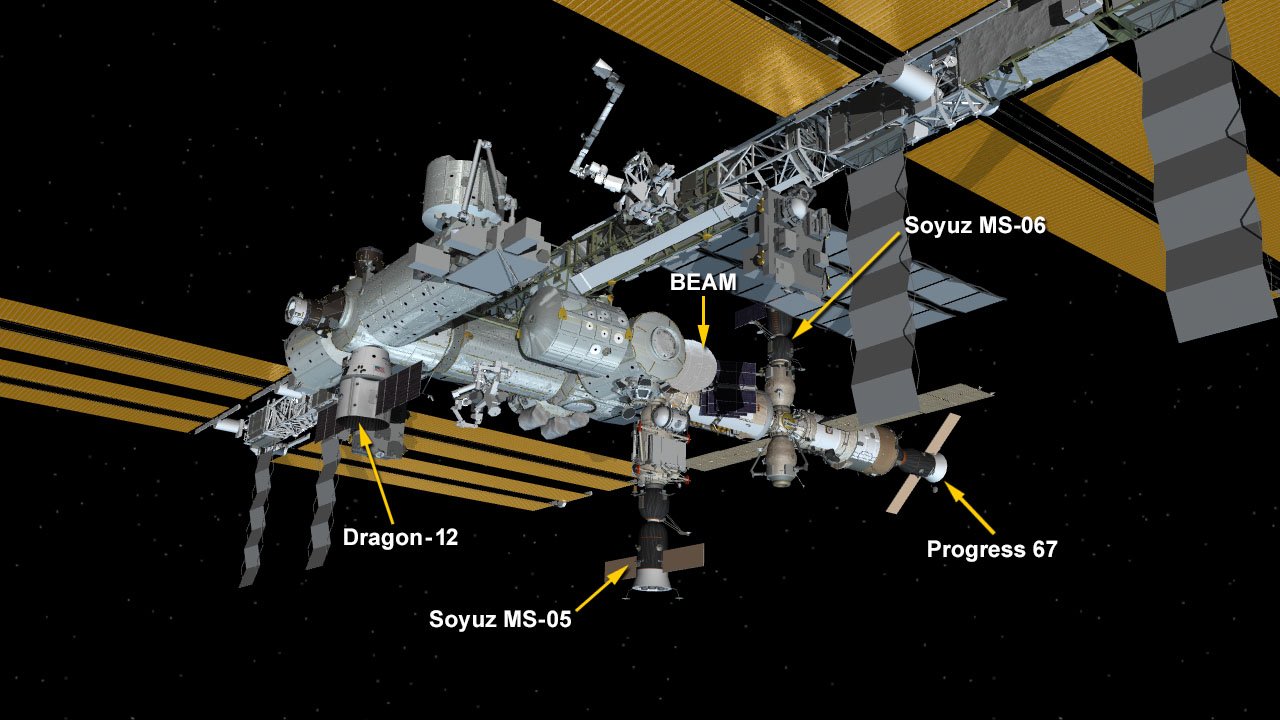
Watch for Ken’s onsite space mission reports direct from the Kennedy Space Center and Cape Canaveral Air Force Station, Florida.
Stay tuned here for Ken’s continuing Earth and Planetary science and human spaceflight news.
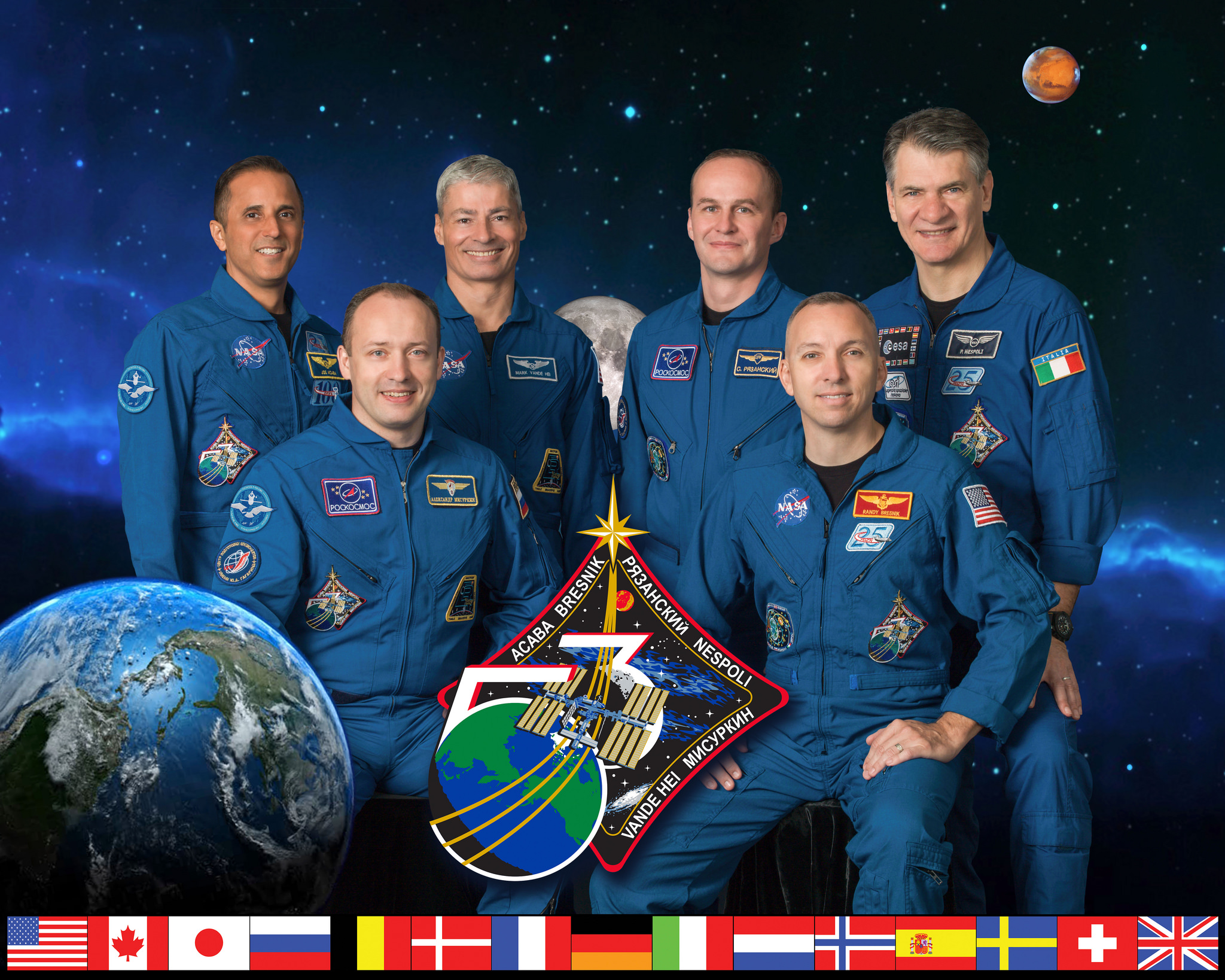
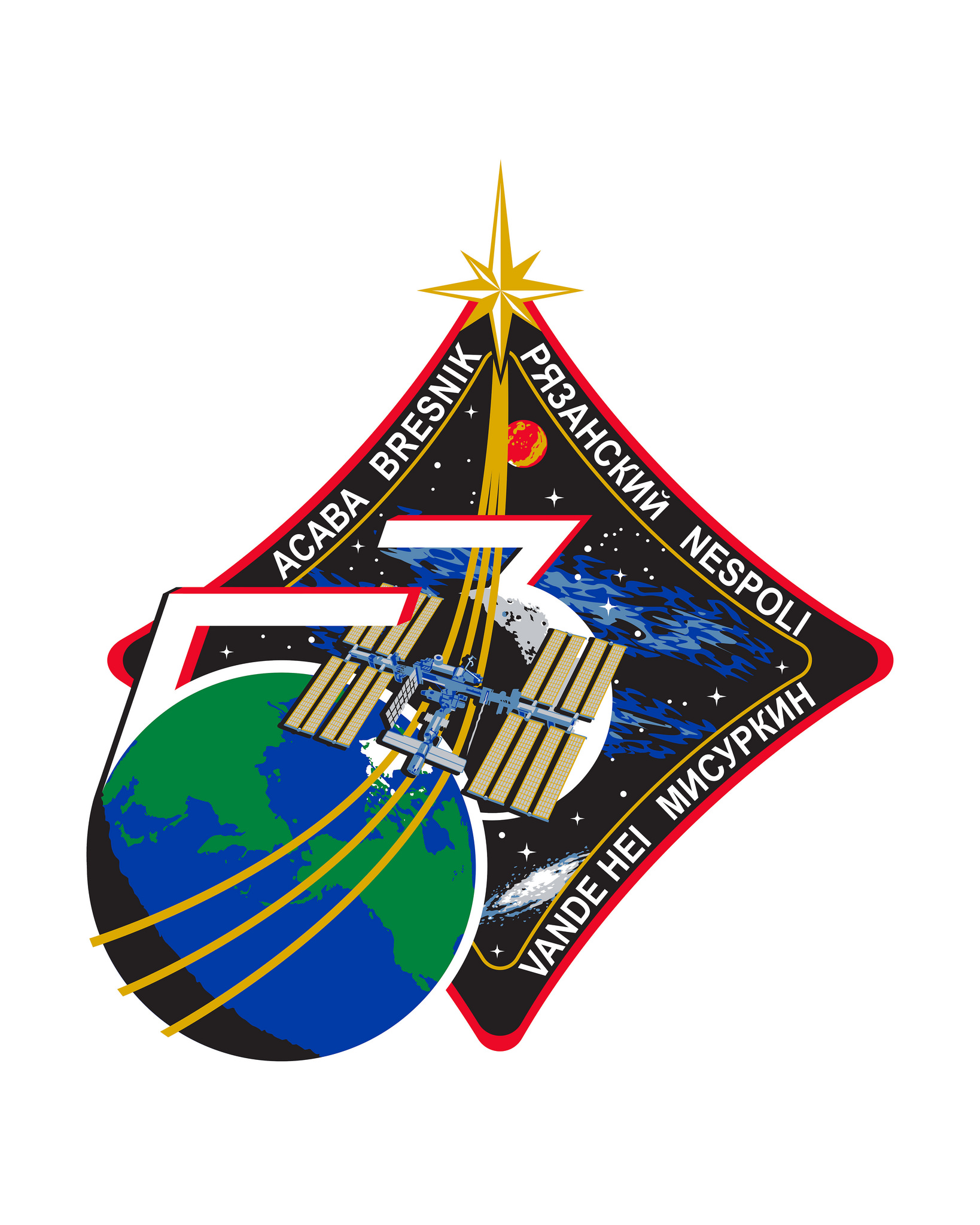

While US and Russian politicians fight on Earth, scientists work together in space.
Peace.